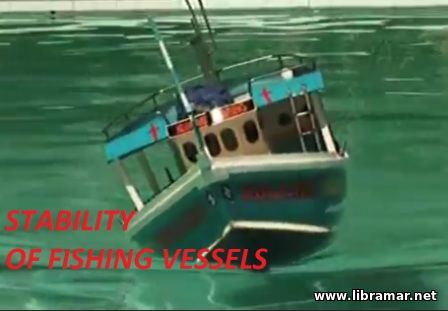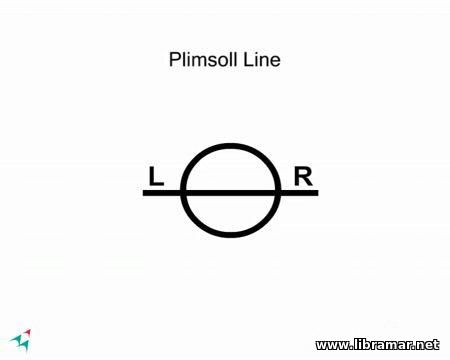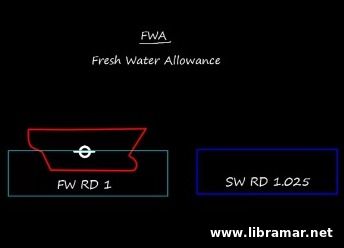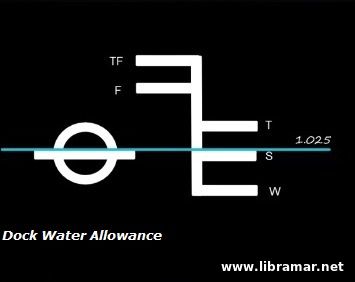
This is a very useful and informative video showing the basics of the stability of fishing vessels. The film starts with some intro by its author... I learned how to fish from my father who, in turn, learned it from my grandfather. I have been fishing for thirty years and have experience of worst conditions at sea...
Fishing is deservedly considered one of the most hazardous occupations in the world with more than twenty five thousand fatalities taking place every year. In fact, it is roughly estimated that in some areas the capsizing of fishing ships accounts for a half of all fatalities. This situation, however, can be remedied.
The skippers, and their crews, and owners of the fishing vessel with the assistance of professionals, such as the naval architects and boat builders, can act together in order to make sure that the due safety of their fishing vessel has been provided. At the very heart of fishing vessel's safety is the concept of fishing vessel's stability.
That is why we would particularly recommend this video not only to the ship designers and shipbuilders but also to the crew members of the fishing vessels, ship owners, operators and all others engaged in provision of the safe operation of the vessel.




